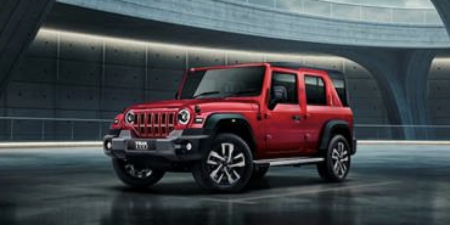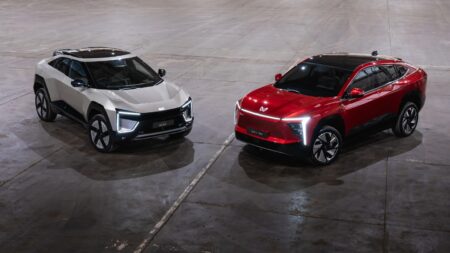This week has seen Bose unveil automotive technology concepts at the Consumer Electronics Show (CES) in Las Vegas that are intended to advance the evolution of transportation and personal mobility ‘in an entirely new way’. With its Beyond Sound experience, Bose is demonstrating a simulated autonomous vehicle equipped with Bose Ride suspension seating, a personal suspension technology that isolates passengers from road vibrations, shaking and unwanted motion – particularly important given that AV passengers may be more prone to motion sickness as they may not be facing the direction of travel, or absorbed in work, reading or TV.
“No one can predict exactly what vehicles will look like or how they’ll operate in the decades ahead, but our personal suspension technology is already proven, and it can dramatically enhance the passenger experience regardless of how transportation evolves,” said Marc Mansell, vice president, Bose Automotive Systems. “If there are cars, there are roads. And there simply is no other system that makes a ride – any ride – as smooth as Bose.”
Bose has been conducting research in suspension and motion-control for more than three decades, with a key project being Project Sound, a research initiative launched in the early 1980s to improve automotive suspension systems. The project found commercial application in the Bose Ride seating suspension system for heavy-duty trucking, introduced in 2010. The Bose Ride system counteracts the road-induced shaking, bumps and jolts that can harm drivers over time, and following studies conducted over seven years with operators of the system, the company believes the technology significantly improves comfort for long-haul drivers, while dramatically reducing fatigue and pain.
Bose also spent more than 20 years developing a modular electromagnetic adaptive suspension system. Sadly the project was been canned due to weight and cost issues, but you can see the system in action on our Video page.




